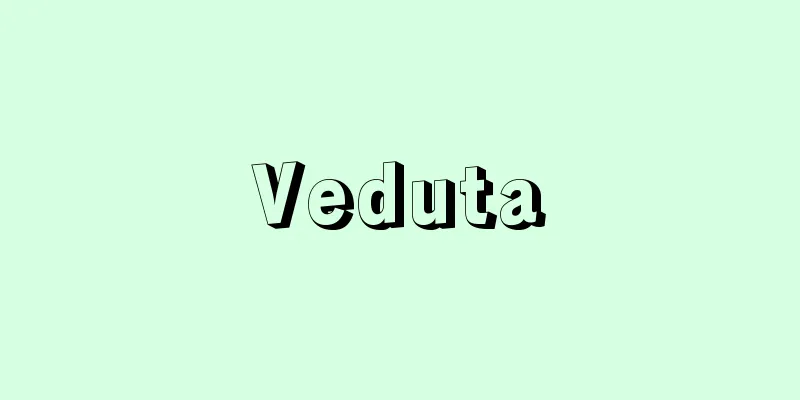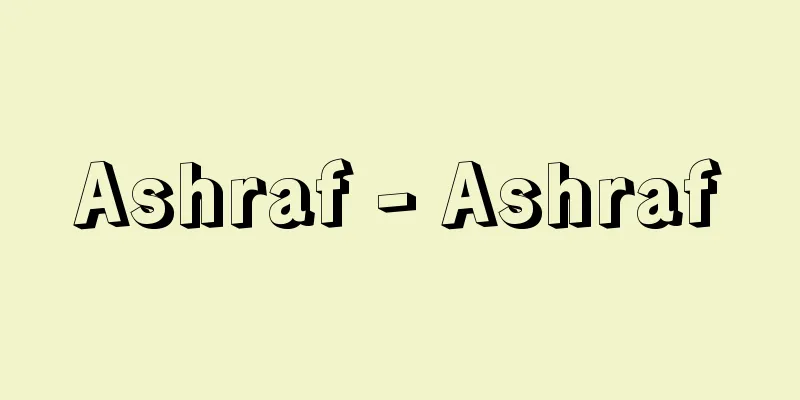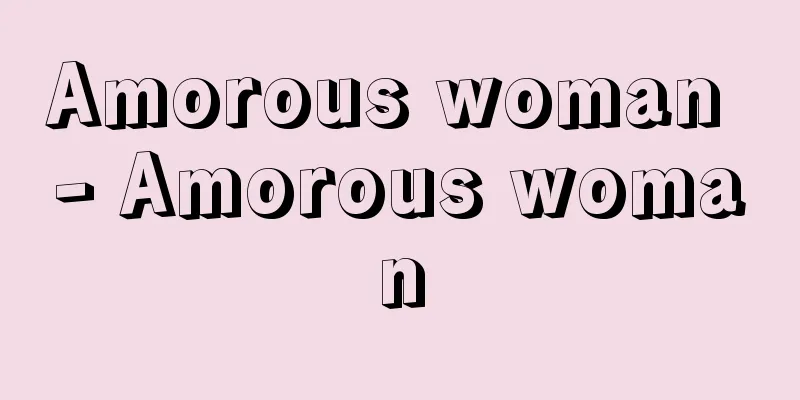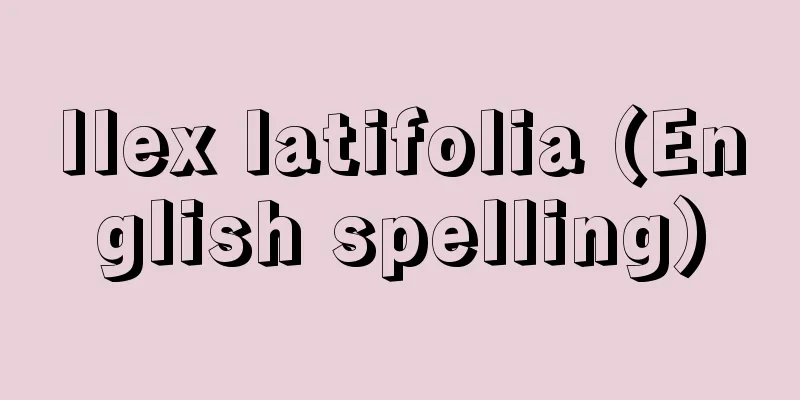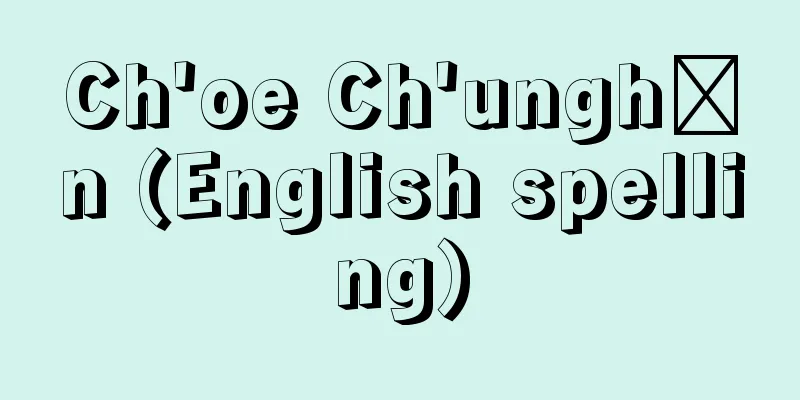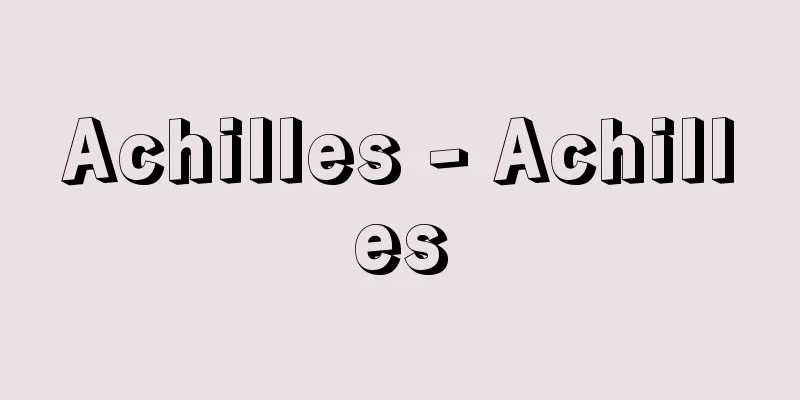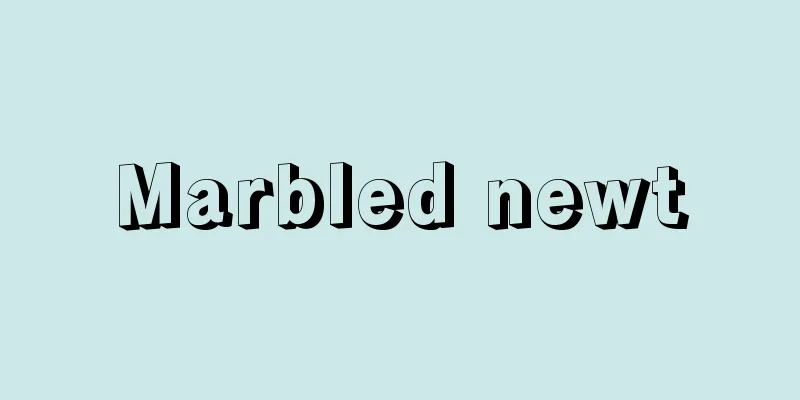Entelecheia
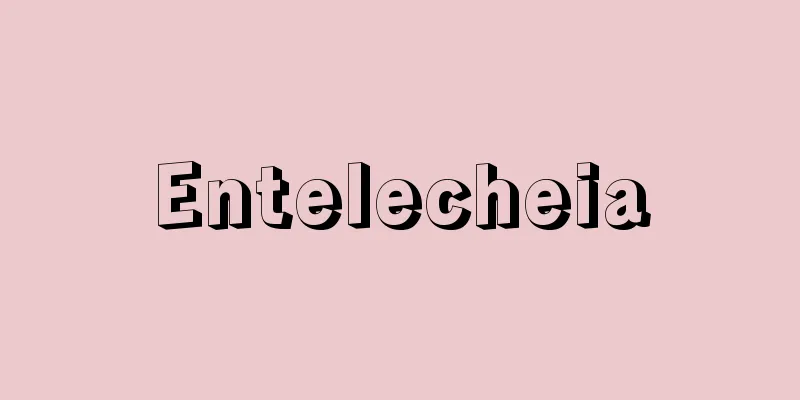
|
...The meaning of the word is derived from ergon (work, activity, or the result of that work), and indicates both the dynamic reality of being in action and the static reality of being completed. It is virtually synonymous with entelecheia (completed state, perfect actuality), and is often used interchangeably. He sees both technological production and the growth of the natural world as a transition from potentiality = matter (material) to actuality = form as an end. ... From "Vitalism"...This position, which accepts physical and chemical explanations and still asserts the existence of principles unique to living organisms, is called "neovitalism," and biologists such as Johannes Reinke (1849-1931) who held this position formed the "Kepler League" to oppose EH Haeckel's "Monist League." Driesch's concept of entelechy was borrowed from Aristotle's entelecheia, but it controls order and is close to today's concept of information, and past vitalism is also being reevaluated from the perspective of information. [Kenzo Sakamoto]... From [Western Philosophy]… In this way, Aristotle revised Plato's theory of ideas by reinterpreting the world, which Plato had perceived as a static category of form-matter, as a dynamic category of potentiality-actuality, and attempted to reconcile it with the traditional Greek understanding of existence as physis. However, since he also assumed a supernatural God, a pure form, which is a perfect actuality (entelecheia = a state of having reached telos) in which all possibilities are actualized, leaving no possibility within himself, as the highest purpose that guides the purposeful movement of all beings at the end (telos) of their movement, and attempted to base the existence of the world on this, he can be seen as ultimately inheriting Plato's metaphysical way of thinking. By the way, the state of actuality, which means the state of having reached energeia = ergon (the expression of work, result, or ability), was translated into Latin as actualitas in medieval scholastic philosophy, and this was further translated as Wirklichkeit in modern German philosophy. … *Some of the terminology explanations that mention "entelecheia" are listed below. Source | Heibonsha World Encyclopedia 2nd Edition | Information |
|
…その語義は〈エルゴンergon〉(仕事,活動,またはその成果,作品)から派生したもので,現に活動しているという動的な現実も,完成されてあるという静的な現実も示す。〈エンテレケイアentelecheia〉(完成態,完全現実態)とも事実上同義で多く互換的に用いられる。彼は技術による製作も自然界の生育も,ともに可能態=質料(素材)から目的としての現実態=形相への移行としてとらえる。… 【生気論】より…このように物理的化学的説明を認めたうえでなお生物独自の原理を主張する立場を〈新生気論〉といい,この立場をとるラインケJohannes Reinke(1849‐1931)らの生物学者は〈ケプラー連盟〉を結成してE.H.ヘッケルの〈一元論者連盟〉に対抗した。ドリーシュのエンテレヒー概念はアリストテレスのエンテレケイアentelecheiaから借りたものであるが,それは秩序を制御するものであって,今日の情報概念に近く,過去の生気論も情報という観点から再評価されつつある。【坂本 賢三】。… 【西洋哲学】より… このように,プラトンが〈形相‐質料〉という静態的カテゴリーでとらえていた世界を〈可能態‐現実態〉という動的カテゴリーでとらえなおすことによって,アリストテレスはプラトンのイデア論を修正し,それをギリシアの伝統的なフュシス的存在理解と調停しようとしたのである。しかし彼もすべての存在者の合目的的運動の終局(テロスtelos)にあってその運動を導く最高目的として,もはやおのれのうちにいかなる可能性をも残さず,すべての可能性が現実化された〈完全現実態(エンテレケイアentelecheia=テロスに達した状態)〉である〈純粋形相〉つまり超自然的な〈神〉を想定し,それによって世界の存在を基礎づけようとする以上,最終的にはやはりプラトンの形而上学的思考様式を継承していると見られよう。ところで現実態を意味する〈エネルゲイア=エルゴンergon(作品・成果・能力の発現)に達した状態〉は中世のスコラ哲学のもとでactualitasとラテン訳され,さらにこれが近代のドイツ哲学ではWirklichkeitと訳されることになる。… ※「entelecheia」について言及している用語解説の一部を掲載しています。 出典|株式会社平凡社世界大百科事典 第2版について | 情報 |
Recommend
Kama Sutra - Kāmasūtra (English spelling)
An ancient Indian erotic text written by Bhatsyay...
Cottage system
…Despite the “universal phenomenon of delinquency...
Aibetsu [town] - Aibetsu
A town in Kamikawa District, central Hokkaido. It ...
Pterodroma
…They have a thick, medium-sized body, long wings...
Imperfect competition
A general term for a type of competition that is ...
Bingo Kasuri
Cotton kasuri is produced in the area of Fukuya...
Bürger, W. (English spelling) BurgerW
…He was particularly enthusiastic about the reeva...
Strobilanthes
...It is a perennial plant of the Strobilanthes g...
Numinose
...People can feel fear even when the danger is i...
Semi-drying oil
This refers to fatty oils that form a dry film wh...
François Michel Le Tellier, Marquis de Louvois
French politician. Eldest son of Minister of Stat...
Flute - Fue
A general term for instruments played by blowing ...
Flexible alloy - kayugokin
A general term for alloys with a lower melting poi...
gigot
…The sleeves of the Renaissance outer garments, t...
Iwakuni Otake Petrochemical Complex
...The axis of industrial construction in Japan d...


